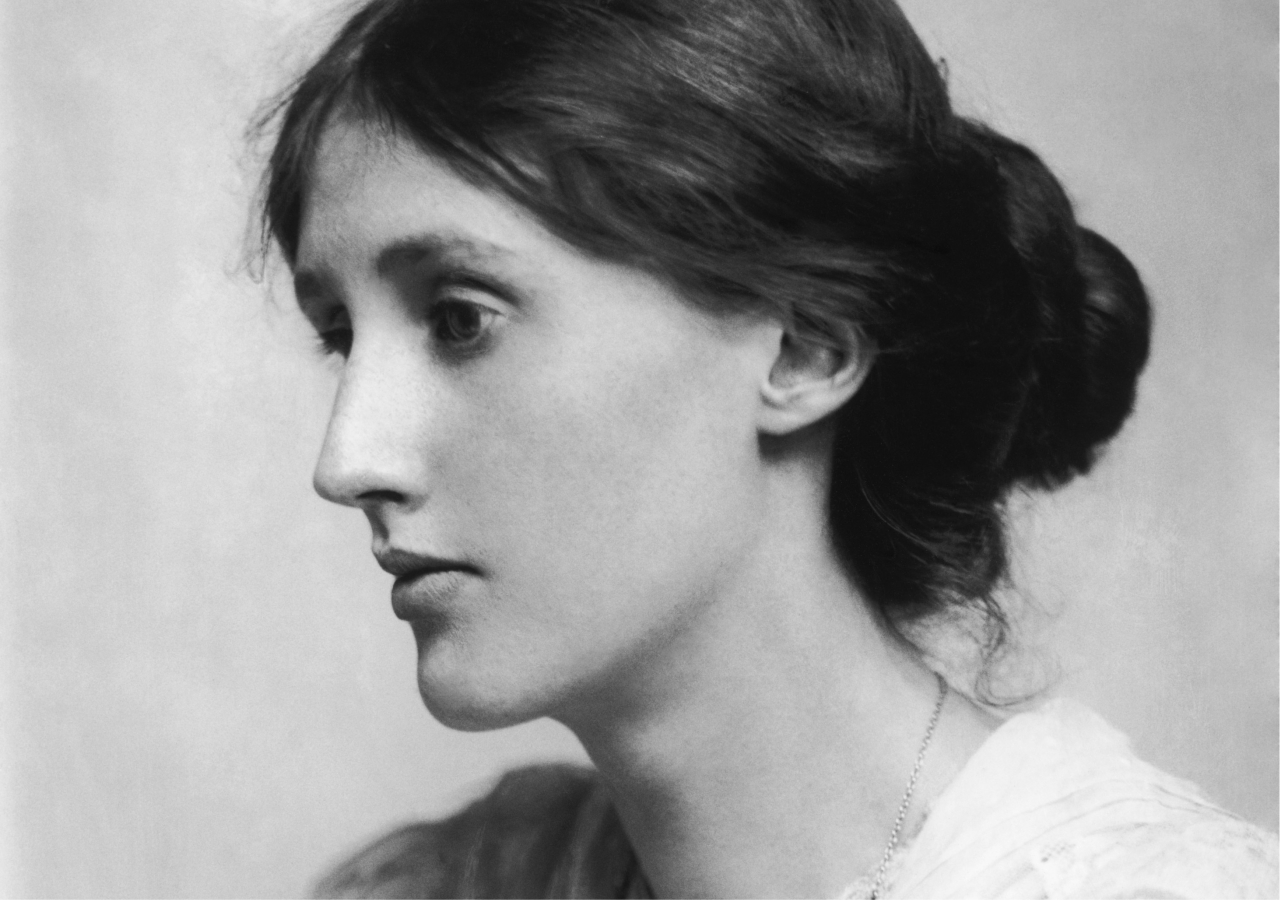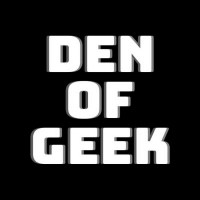The trailblazing female authors of science fiction
From Mary Shelley to Margaret Atwood, science fiction has been shaped by some phenomenal female writers...
The science fiction novel has experienced something of a renaissance in recent years thanks to Naomi Alderman’s electrifying (quite literally) The Power, the epic Mad Max-in-space of Kameron Hurley’s The Stars Are Legion and Kate Khan’s intergalactic love story Hold Back The Stars. It shouldn’t be a shock that all these authors are women; science fiction literature has been shaped by some phenomenally talented female writers stretching back to the 19th century.
The pioneer was undoubtedly Mary Shelley, whose novel Frankenstein; Or, The Modern Prometheus, written when she was just 18, is cited as a breakthrough in the genre. In his book Billion Year Spree: History Of Science Fiction, Brian Aldiss argued that 1818’s Frankenstein is “the first seminal work to which the label science fiction can be logically attached”.
Regrettably, despite Shelley’s kick-starting of the genre, a stereotype developed, routinely propounded by the media, that science fiction was the preserve of males – both writers and readers. This cliché reflected the gross underrepresentation of women throughout society – especially in the fields of science, maths and engineering – and proved remarkably resilient despite the fact that, almost by definition, science fiction itself sets out to challenge accepted societal ‘norms’. “Stereotype-busting is one of science fiction’s great contributions to culture and society,” says Alison Buck, co-founder of independent publisher Elsewhen Press.
Science fiction is perhaps better served by small publishers like Elsewhen, which has a particular focus on encouraging new writers – in science fiction, fantasy and alternate history – regardless of the writer’s gender, ethnicity, age and background. In its complement of 30 authors, across the whole range of speculative fiction, Elsewhen has ten female writers of science fiction, among whose works are dark, dystopian thrillers (Katrina Mountfort’s Blueprint trilogy), technological dystopia (SmartYellow from Jacqueline Ward, writing as J.A. Christy), slipstream (Sanem Ozdural’s LiGa) and epic space opera (Zoë Sumra’s Underside series).
Over the years, many of the greatest writers of science fiction have been female. Almost a century after Frankenstein’s publication Virginia Woolf released her first novel, The Voyage Out, in 1915. Classics such as Mrs Dalloway and To The Lighthouse followed, but one surprising aspect of her career is her connection to sci-fi. Rumours that she wrote science fiction stories under the pen name E.V. Odle persisted for years, although that’s seemingly down to a misreading of a satirical article on Check Your Facts. What is true, however, is her novel Orlando bearing a striking similarity to Doctor Who. In Woolf’s story, a man born during the reign of Elizabeth I regenerates into a woman and lives for 300 years without ageing. Woolf was seemingly 100 years ahead of Jodie Whittaker’s Doctor.

Another early 20th century author who broke ground in feminist science fiction was Rokeya Sakhawat Hossain. A Bengali writer and women’s rights advocate, Hossain penned the story Sultana’s Dream as a way to demonstrate her ability with the English language. Her husband, Khan Bahadur Syed Sakhawat Hossain, provided encouragement and she submitted it to The Indian Ladies Magazine in 1905 before it was published in book form three years later. Sultana’s Dream upends the gender roles of Muslim society so that men are secluded in purdah and women have created a utopian society called Ladyland, in which flying cars soar across the sky and energy comes from solar power.
Over in the United States, academics and critics regard the period between 1938 and 1946 as the Golden Age of Science Fiction. The pulp era was winding down and the public’s appetites shifting toward scientific wonder and high concept space operas. Bracketing the Golden Age to just those eight years does a disservice to the decades that followed, though. The 50s saw the arrival of sci-fi magazines Galaxy and Imagination, publishing authors such as Philip K. Dick, Robert A. Heinlein and Arthur C. Clarke. But, by the close of the decade, women writers like Joanna Russ and Judith Merril were beginning to emerge. Merril was a prolific author of 26 short stories, three novels and editor of sci-fi anthologies spanning more than a decade, and goes down as one of the genre’s unsung heroines.
More well-known is Ursula K. Le Guin, whose novels won her five Locus Awards, four Nebulas, two Hugos and a World Fantasy Award. Her 1996 collection of short stories, Unlocking The Air And Other Stories, which saw her branch outside of science fiction, was nominated for the Pulitzer Prize for Fiction. She established herself as a writer of note in the late 60s with critically-acclaimed novels The Left Hand Of Darkness and The Dispossessed, and inspired authors ranging from Salman Rushdie to Neil Gaiman. Le Guin is also proof of the old adage if at first you don’t succeed try, try and try again: she wrote five novels between 1951 and 1961,but all were rejected by publishers.
Le Guin’s work helped pave the way for Octavia E. Butler’s success in the 70s. As an African-American woman seeking to break into an industry dominated by white authors, her work frequently used science fiction to examine racism, sexism and class. Butler’s 1979 novel Kindred, written between instalments of her Patternist series, is perhaps her most piercingly effective when it comes to depicting marginalisation. The story follows an African-American writer who tumbles back in time from 70s California to a slave plantation in Maryland. Kindred is Butler’s bestselling novel and is frequently included in high school or college courses in the US. Harlan Ellison called it “that rare magical artifact… the novel one returns to, again and again”. The influence of Butler’s Kindred is clear in Diana Gabaldon’s Outlander series, which was turned into a hit TV show for Starz in 2014.
The popularity and box office success of female-led, high action offerings such as the Alien series and most recently, Wonder Woman, have shown that there is an audience for science fiction films featuring female protagonists, and Gabaldon’s small screen success isn’t a one-off. In recent years Hollywood has embraced science fiction and fantasy works from other female authors. J.K. Rowling’s Harry Potter transcended genre to become the biggest selling book series in history, and spawned an $8.5 billion-grossing film franchise. For critically-acclaimed fare, you need look no further than Alfonso Cuarón’s 2006 adaptation of P.D. James’s novel The Children Of Men. The story’s bleak dystopian future, in which infertility threatens human survival, mirrors Margaret Atwood’s The Handmaid’s Tale from 1985. That too received a lavish screen adaptation from Hulu, with Elisabeth Moss starring as Offred, the Handmaid assigned to conceive a child for a high-ranking government official and his wife. The series won eight Emmy Awards including Outstanding Drama Series, becoming the first streaming platform series to earn the accolade. In light of the #MeToo movement, it seems likely that this trend will continue, with the promotion and production of more work from both female writers and filmmakers.
This signals a bright future for female writers of the genre. In the past, as examples such as P.D. James, J.K. Rowling and C.J. Cherryh illustrate, many female writers of science fiction and fantasy chose to use only their initials, disguising their gender, while other women, such as James Tiptree Jr. and Andre Norton, wrote under male pen names. The adoption of non-gender-specific attribution was seen as countering an accepted wisdom, long held by publishers, that male readers had an aversion to female-written work, especially in science fiction. An ostensibly male name on the cover was seen as more important than having arresting cover art.
Thankfully, with the recognition and critical acclaim now accorded great female voices in the genre, publishers are generally more encouraging of female authors. There is a sense that, although the attitudes of some of science fiction’s readership may lag behind, the gender of the author is becoming of less concern to the majority. Hopefully, any reluctance to read the work of female writers of science fiction will soon have had its day.
Book cover imagery and layout still play a huge part of the indefinable ‘something’ that tempts a reader to pick up a book written by an author they’ve never heard of before. In common with similar independent publishers, Elsewhen aims, through consistently high quality titles, to earn the trust of potential readers, giving them the confidence to pick up and read the next Elsewhen-published book. In welcoming new writers and publishing their work, Elsewhen’s only criteria is the quality and originality of the storytelling.
Despite facing significant obstacles, female authors have continually proved to be a huge creative force in science fiction. “I began writing about power because I had so little,” Octavia E. Butler once said. Butler’s point of view, shared by many of her fellow authors, is one that has resonated with readers for decades. Based on the lasting legacy of writers like Butler, Shelley and Le Guin, expect female authors to thrive in science fiction for years to come.
Elsewhen Press delivers outstanding new talents in speculative fiction. Buy its science fiction, fantasy and horror titles here.
